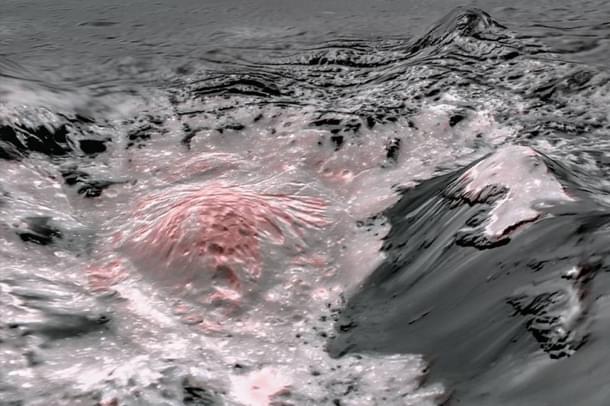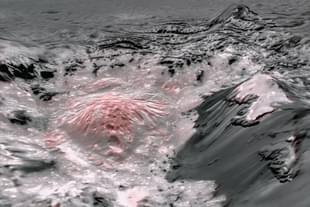News Brief
Dwarf Planet Ceres That Lies In Asteroid Belt Between Mars And Jupiter Is A Water-Rich World, Finds NASA Probe
IANS
Aug 11, 2020, 02:53 PM | Updated 02:53 PM IST
Save & read from anywhere!
Bookmark stories for easy access on any device or the Swarajya app.


The dwarf planet Ceres, which lies in the main asteroid belt between Mars and Jupiter, is not a barren space rock as earlier believed. New data from NASA's Dawn spacecraft have shown that it is a water-rich world.
After analysing data collected near the end of the mission, scientists determined that beneath the surface of Ceres, there could be a deep reservoir of brine, or salt-enriched water which is about 40 km deep and hundreds of miles wide.
"Dawn accomplished far more than we hoped when it embarked on its extraordinary extraterrestrial expedition," said Mission Director Marc Rayman of NASA's Jet Propulsion Laboratory in Southern California.
"These exciting new discoveries from the end of its long and productive mission are a wonderful tribute to this remarkable interplanetary explorer."
Ceres makes up almost a third of the asteroid belt's total mass, but it is still far smaller than Earth's Moon. The Dawn spacecraft arrived at Ceres in 2015.
Long before Dawn arrived at Ceres, scientists had noticed diffuse bright regions with telescopes, but their nature was unknown.
By the time the mission ended in October 2018, the orbiter had dipped to less than 35 km above the surface, revealing crisp details of the mysterious bright regions Ceres had become known for.
Scientists had figured out that the bright areas were deposits made mostly of sodium carbonate -- a compound of sodium, carbon, and oxygen.
They likely came from liquid that percolated up to the surface and evaporated, leaving behind a highly reflective salt crust.
But what they had not yet determined was where that liquid came from.
The new research revealed that the liquid came from sea water beneath its surface.
Ceres doesn't benefit from internal heating generated by gravitational interactions with a large planet, as is the case for some of the icy moons of the outer solar system.
But the new research, which focuses on Ceres' 92-kilometre-wide 'Occator' Crater -- home to the most extensive bright areas -- confirms that Ceres is a water-rich world like these other icy bodies.
The research not only confirmed that the bright regions are young -- some less than two million years old -- it also found that the geologic activity driving these deposits could be ongoing.
The findings appeared in a special collection of papers published by Nature Astronomy, Nature Geoscience, and Nature Communications on Monday.
(This story has been published from a wire agency feed without modifications to the text. Only the headline has been changed.)





